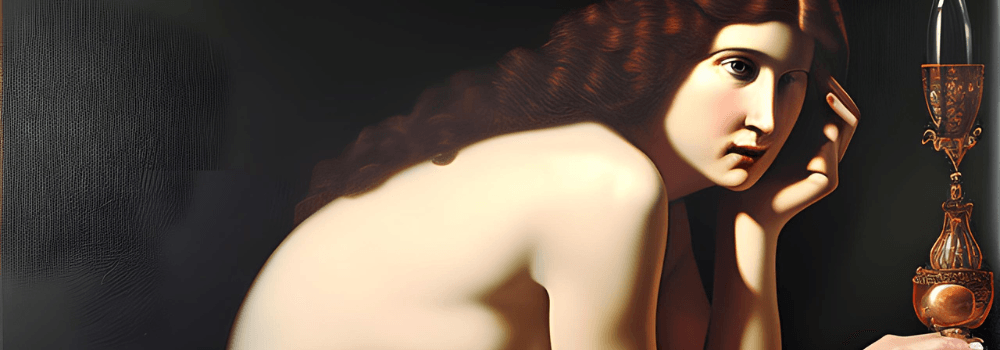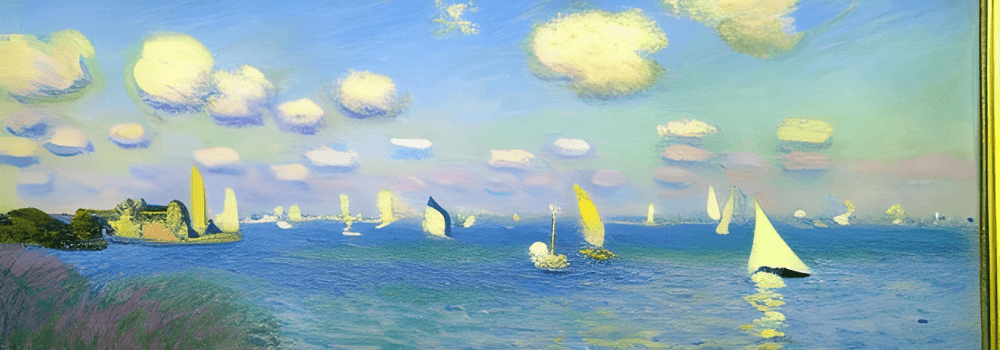
Art has always been a powerful medium for expressing human emotions, desires, and flaws. One such masterpiece that continues to captivate art enthusiasts around the world is "The Sin Painting." This enigmatic artwork, created by an unknown artist, has sparked curiosity and debate due to its intriguing symbolism and thought-provoking portrayal of the seven deadly sins. In this article, we will take a deep dive into the history, meaning, and controversy surrounding "The Sin Painting," and explore its enduring legacy in the realm of art.
The History and Background of "The Sin Painting"

The origins of "The Sin Painting" are shrouded in mystery, further adding to its allure. While the artist remains anonymous, it is believed to have been created during the Renaissance period, a time of great artistic and intellectual exploration. The painting's subject matter, the seven deadly sins, was a popular theme during this era, as artists sought to portray the vices that plagued humanity. The Sin Painting stands out among its contemporaries, as it presents a unique and thought-provoking interpretation of these sins.
Understanding the Symbolism behind "The Sin Painting"

"The Sin Painting" delves deep into the symbolism associated with the seven deadly sins, providing a visual representation of each vice. Lust, gluttony, greed, sloth, wrath, envy, and pride are depicted in vivid detail, inviting viewers to reflect on the darker aspects of human nature. The use of color, composition, and various artistic techniques enhances the symbolism, creating a captivating visual narrative. Each sin is meticulously portrayed, allowing viewers to delve into their own personal interpretations and reflections on the human condition.
Exploring the Depiction of the 7 Deadly Sins in Art
The portrayal of the seven deadly sins in art has a rich history, with artists from various periods and cultures exploring this thematic concept. "The Sin Painting" stands as a testament to the enduring fascination with these vices. Through the ages, artists have employed different styles and techniques to capture the essence of each sin, ranging from the subtle and symbolic to the grotesque and shocking. This exploration of the human flaws and weaknesses serves as a reminder of our shared humanity and the eternal struggle against temptation.
Comparing "The Sin Painting" with Other Seven Deadly Sins Paintings

While "The Sin Painting" is undoubtedly a masterpiece in its own right, it is interesting to compare it with other paintings that also depict the seven deadly sins. Artists such as Paul Cadmus and Franz Stuck have created their interpretations of these vices, each offering a unique perspective and artistic style. The Sin Painting distinguishes itself through its intricate details, subtle symbolism, and a sense of haunting beauty that lingers in the minds of those fortunate enough to witness it.
The Artistic Style and Technique of "The Sin Painting"

"The Sin Painting" showcases a remarkable artistic style and technique that elevates it to the realm of masterpieces. The artist's use of light and shadow creates a sense of depth and realism, drawing the viewer into the world of the sins. The intricate brushwork and attention to detail demonstrate the artist's skill and dedication to their craft. The composition of the painting, with each sin carefully arranged, further enhances its visual impact. It is a testament to the power of art to provoke emotions and contemplation.
The Controversy Surrounding "The Sin Painting"

Controversy has always surrounded artworks that push the boundaries of societal norms, and "The Sin Painting" is no exception. Its depiction of the seven deadly sins, with all their dark and unsettling aspects, has garnered both praise and criticism. Some argue that the painting glorifies vice, while others see it as a cautionary tale and a reflection of the human condition. The controversy surrounding "The Sin Painting" is a testament to its ability to provoke thought and ignite discussions about morality, art, and the nature of sin itself.
The Enduring Legacy of "The Sin Painting"

Despite its mysterious origins and controversial nature, "The Sin Painting" has left an indelible mark on the world of art. Its enduring legacy can be seen in the countless interpretations, adaptations, and references in popular culture. Artists, writers, and filmmakers continue to draw inspiration from its symbolism and thought-provoking themes. "The Sin Painting" serves as a reminder that art has the power to transcend time and connect with audiences on a profound level.
Interpretations and Theories about the Meaning of "The Sin Painting"

Numerous interpretations and theories have emerged regarding the meaning of "The Sin Painting." Some believe that it is a commentary on the destructive nature of indulging in the seven deadly sins, while others see it as a celebration of the complexities of human desire. The ambiguity of the painting allows for a multitude of perspectives, making it an endless source of fascination for art enthusiasts and scholars alike. Each viewer brings their own experiences and beliefs to the painting, further enriching its meaning.
Conclusion: The Impact and Significance of "The Sin Painting" in Art History

"The Sin Painting" stands as a testament to the enduring power of art to provoke thought, ignite emotions, and challenge societal norms. Its intricate symbolism, masterful technique, and controversial subject matter have solidified its place in art history. Whether viewed as a cautionary tale, a celebration of human complexity, or an exploration of the darker aspects of human nature, "The Sin Painting" continues to captivate audiences and inspire conversations about art, morality, and the human condition.







Leave a comment
All comments are moderated before being published.
This site is protected by hCaptcha and the hCaptcha Privacy Policy and Terms of Service apply.